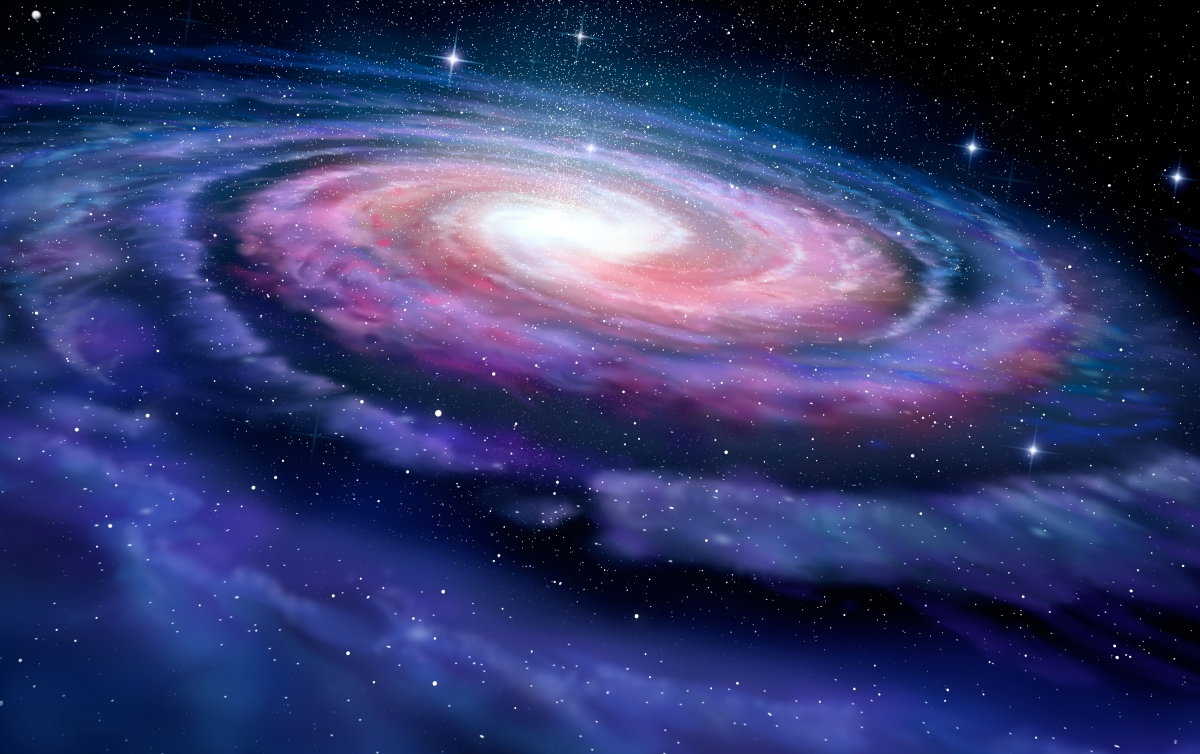Through the looking glass: To better understand how galaxies actually form, we need to be able to observe their formation and growth over billions of years. In lieu of a time machine, scientists from the University of Arizona are using a supercomputer to simulate millions of universes and galaxies.

Scientists have studied the formation of galaxies using cutting-edge technology for decades yet even still, we’ve barely scratched the surface of understanding exactly how these massive bodies grow, evolve and behave.
It’s an issue of scale and time, really: they’re so enormously large and have been around for so long that our observations only provide a snapshot in time.
Peter Behroozi, an assistant professor at the UA Steward Observatory, said simulating a single galaxy requires 10 to the 48th computing operations. “All computers on Earth combined could not do this in a hundred years. So to just simulate a single galaxy, let alone 12 million, we had to do this differently,” he said.

As such, each simulated universe was coded to obey different physical theories on how galaxies should form. Over a three-week period, the “Ocelote” supercomputer at the UA High Performance Computing cluster crunched numbers, processing data on more than eight million simulated universes and 12 million galaxies spanning from about 400 million years after the Big Bang to present day.
The results have helped scientists understand why galaxies cease to form new stars even when they have plenty of hydrogen gas to do so.
“As we go back earlier and earlier in the universe, we would expect the dark matter to be denser, and therefore the gas to be getting hotter and hotter. This is bad for star formation, so we had thought that many galaxies in the early universe should have stopped forming stars a long time ago,” Behroozi said. “But we found the opposite: galaxies of a given size were more likely to form stars at a higher rate, contrary to the expectation.”
The team’s paper on the matter, UNIVERSEMACHINE: The Correlation between Galaxy Growth and Dark Matter Halo Assembly from z = 0-10, is available online should you want to dig deeper.
Masthead credit: spiral galaxy by Alex Mit. Star trails by Christina Siow.